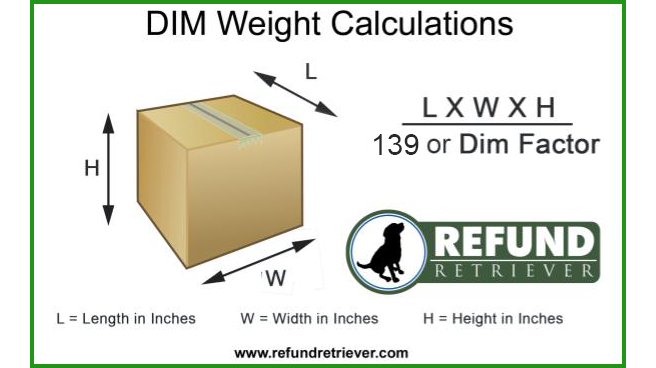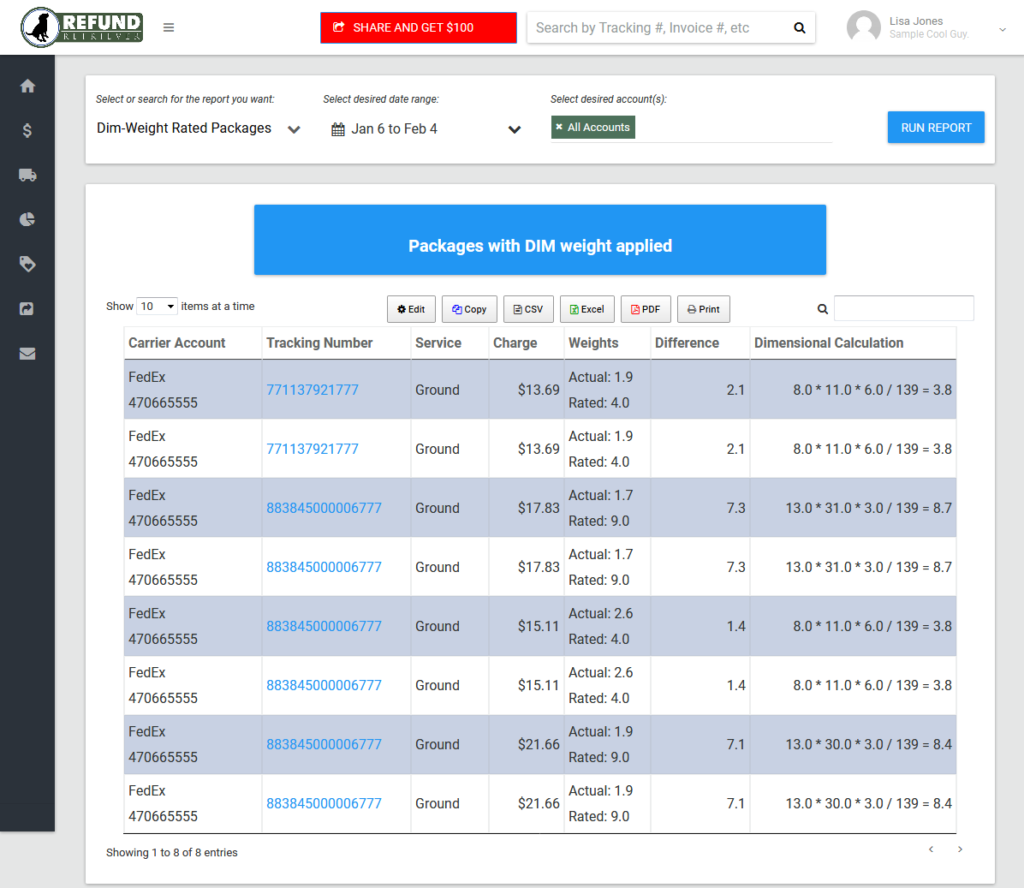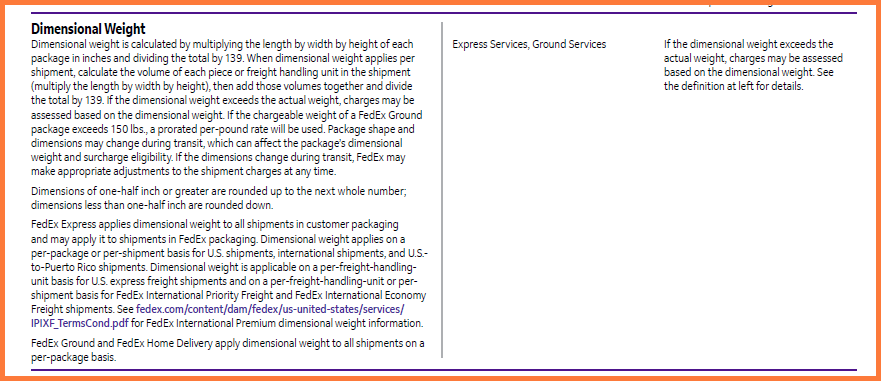Dimensional (DIM) weight pricing is the carriers’ way of encouraging parcel shippers to optimize box sizes. This discourages wasted space inside the boxes, which destroys room in their trucks. The package’s DIM weight replaces the billable weight if it’s higher than the physical weight. Standard FedEx DIM weight calculation, the DIM weight divisor is 139 for ground and express domestic shipping and international shipments.
Transportation charges will be assessed based on dimensional weight, a volumetric standard. Dimensional-weight pricing applies on a per-package or per-shipment basis to all shipments in customer packaging. Customer and FedEx packaging is subject to dimensional-weight pricing. If the dimensional weight exceeds the actual weight, charges are based on the dimensional weight. Clients who fail to apply the dimensional-weight calculation to a package may be assessed for dimensional-weight charges by FedEx.
Estimated reading time: 4 minutes
What is Dimensional Weight?
All shippers must now consider FedEx’s dimensional weight. This will negatively affect e-commerce business owners who ship large, lightweight packages. The package’s DIM weight will be high, and its actual weight will be low.
Dimensional Weight = Package Volume / DIM weight factor
FedEx Dimensional Weight In Pounds = ( Length x Width x Height ) / 139
To calculate FedEx DIM weight:
- Multiply length by width by height in inches. Round each measurement to the nearest whole inch. The resulting total is the cubic size of your package. For example, 1 to 1.49 will be considered 1, and 1.5 to 1.99 will be regarded as 2.
- Dividing by 139 for all U.S., Puerto Rico, and international shipments.

DIM Weight Refund
FedEx and UPS calculate the dimensional weight of all packages. Package charges will be for the higher amount of DIM or actual weight. Thus, FedEx DIM weight will cause you to pay for shipping weight that is not even present.
Today’s hall-of-fame post is a dimensional-weight error on a package from New York City. A customer recently sent a heavy package Priority Overnight. The box weighs just over 100 pounds but was billed with a rated weight of over 270 pounds. Based on the dimensions, our calculations find it should have been rated at around 100 pounds instead.
The result of our efforts? The package charge is over $900, but re-rate the application to about $100. Our customer gets a check for an $800+ refund, thanks to our FedEx express auditing service watching for dim-weight mistakes.

Shipping Reports to help your company
Refund Retriever provides a full suite of shipping reports to help your business cut shipping costs. Reports include mistakes made by FedEx, UPS, or your shipping manager. We will provide information with all your FedEx DIM weight packages at no charge. Therefore, sign up with Refund Retriever and start saving money today.




